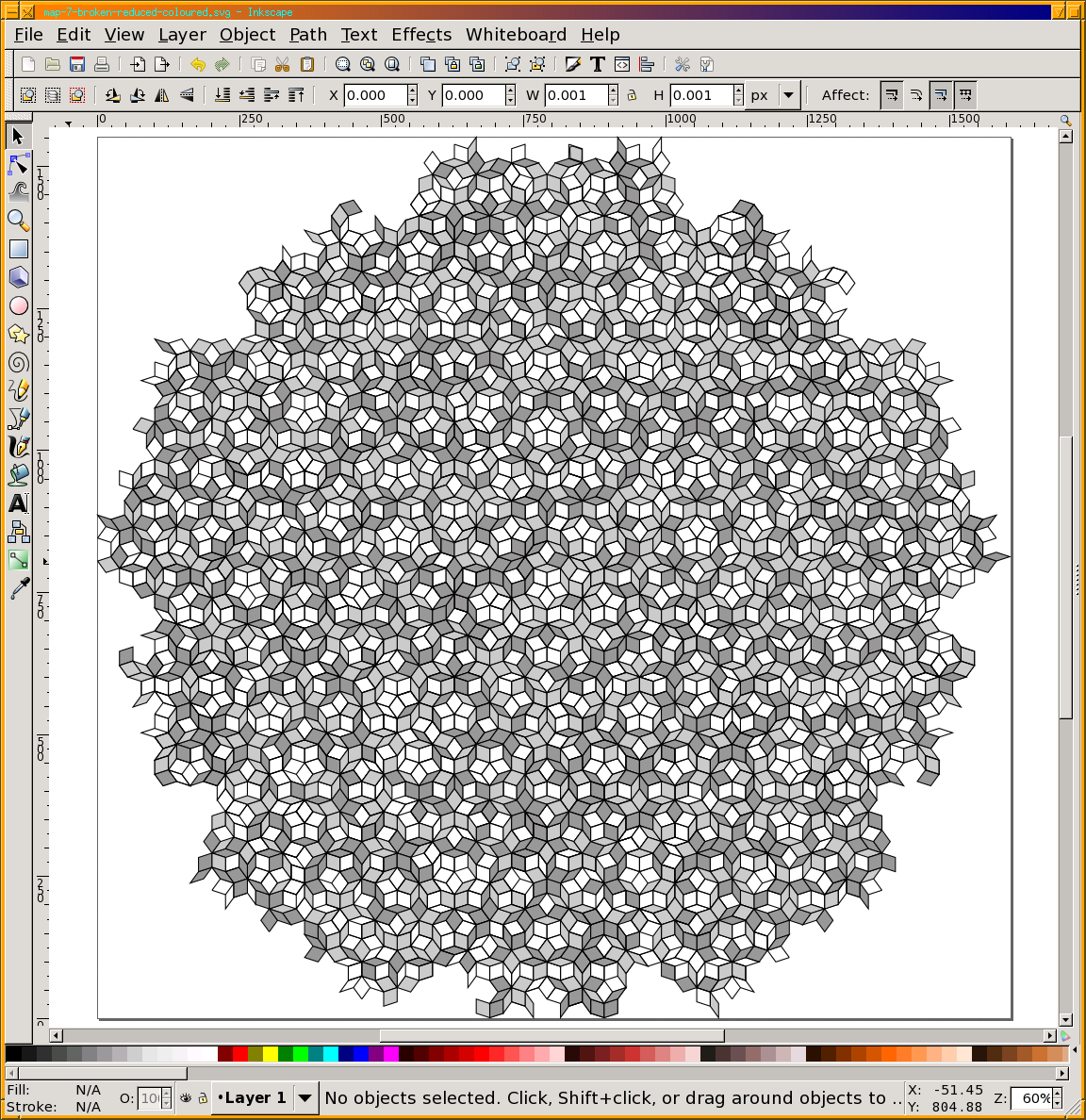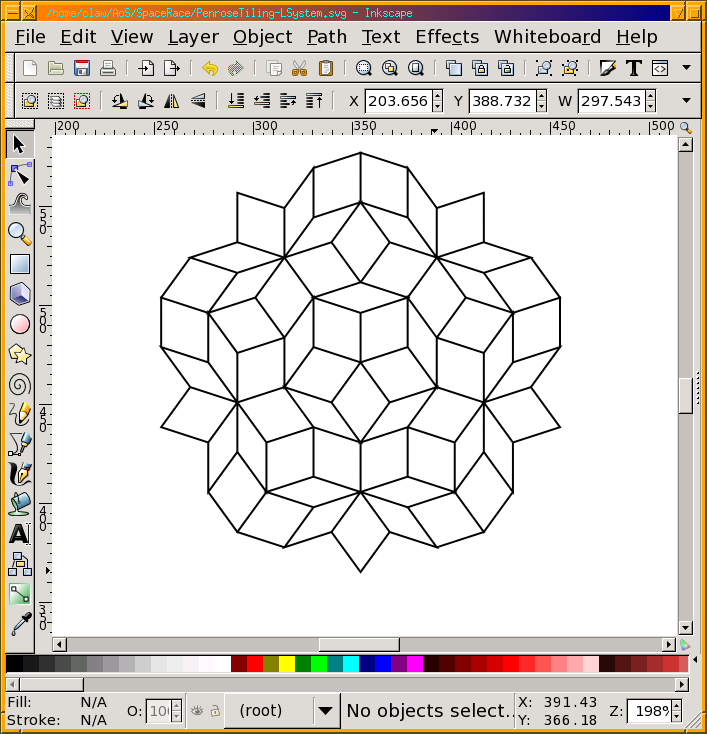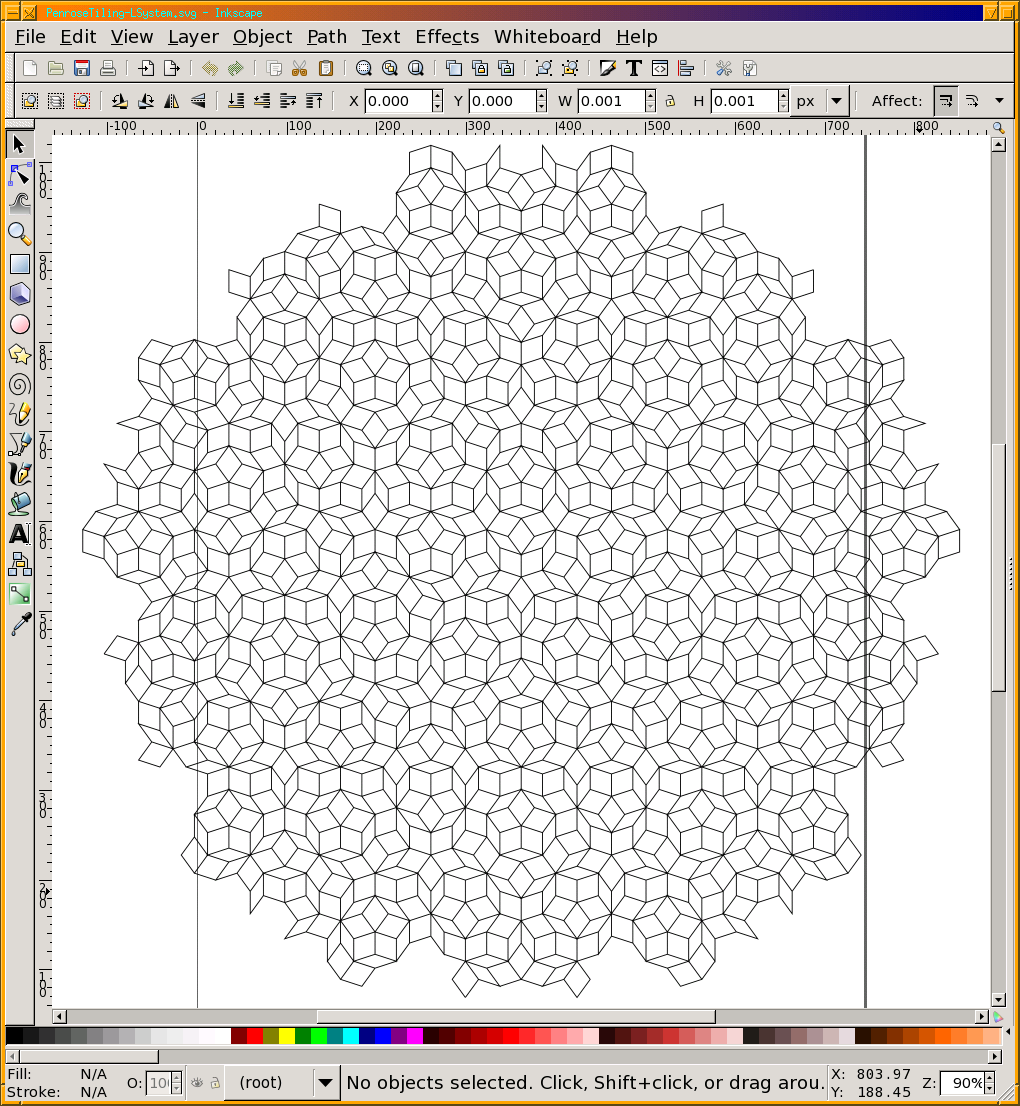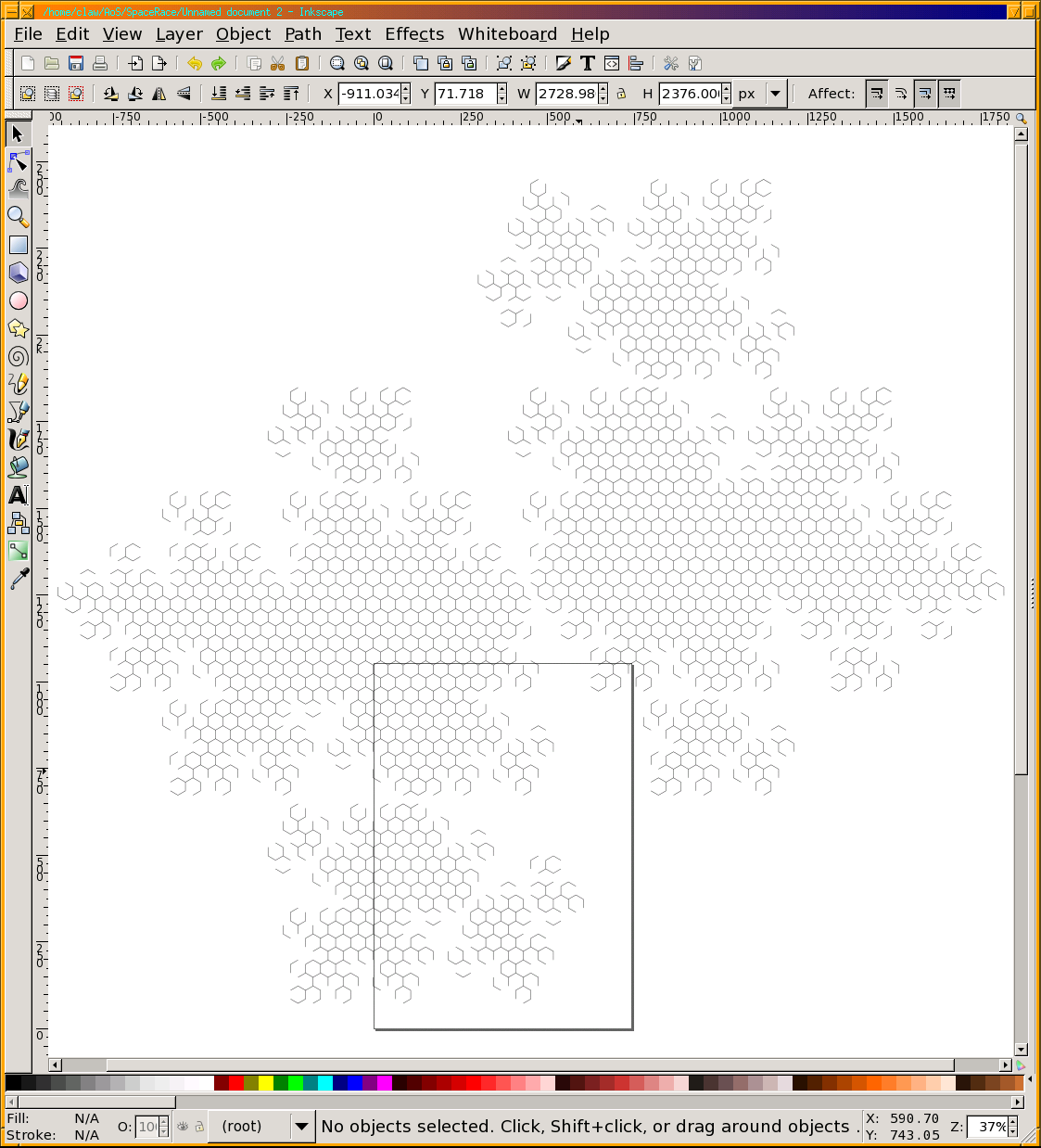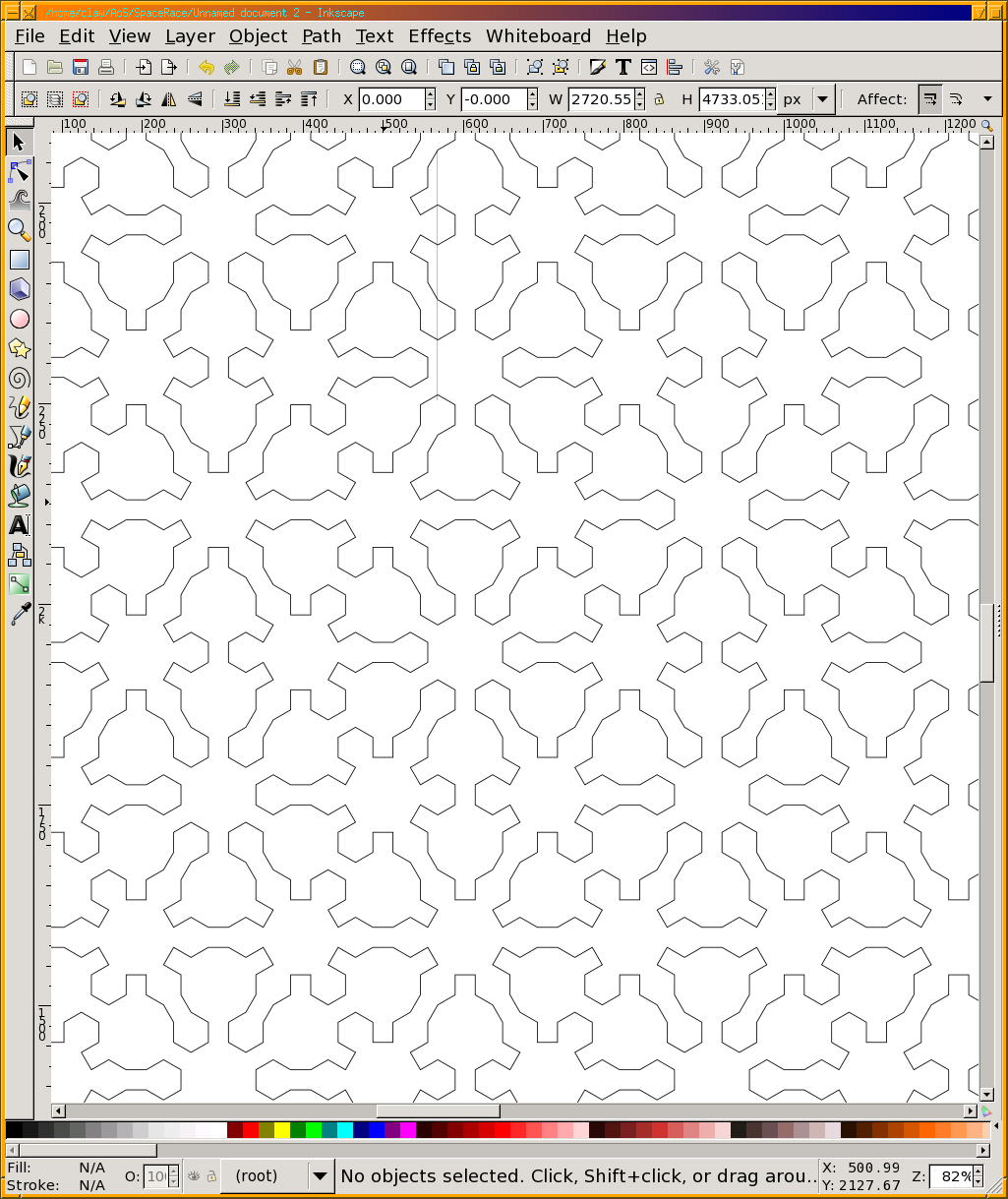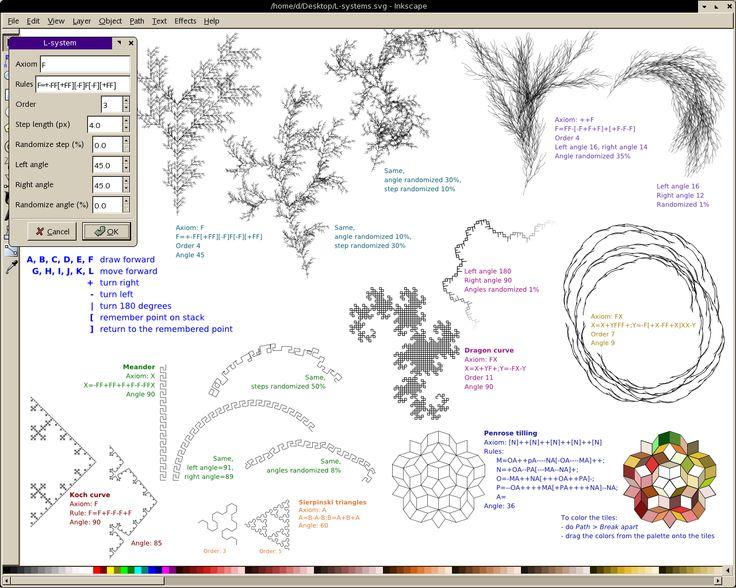Decay of fortunate capacity
Power Grid’s market system with the two layers of plants is interesting and provides a deceptively large degree of control and prediction. It really is quite clever while presenting a surprisingly predictable pattern. Space Race has the problem that while it models something akin to the 18XX train rusting progression, the intended sequence is so short (3 layers) that incentivising player progression is worse than tetchy. I’m not sure I can learn from Power Grid here, but it is tempting.
A possible address is to model the total productive capacity of the system, to cumulatively sum the total production to date. As that total production volume crosses pre-set thresholds the next layer becomes available and of course as the third layer is entered all level 1 factories rust. This could essentially arithmetic sum could be modelled in several ways, actually tracking total production volume as a calculated sum or simply having bits from a limited supply which are discarded as they are used1.
With such an approach it becomes tempting to add a fourth level of factory, a pure consumer. We could call it the Centre Of Government or some such silliness (themed after Asimov’s Foundation universe?). It would either be notably expensive or force auctioned at another production volume threshold. There would be only one CoG, and while it wouldn’t necessarily rust the level 2 factories2 it would consume both level 2 and level 3 goods until the end of the game, with all fees and payments recorded as usual for route-based deliveries. Variously interesting curves could be applied to the system. Perphaps the market value of the CoG pseudo-product would likely decline continuously, forcing a race between additional factory construction/operation, run-away CoG ROI and endgame acceleration? Similarly a race could be constructed between the level 2 and level 3 factories based on the game-length required for equivalent profit volume3?
Such a system has advantages. The level 1 factories would be (mostly) unprofitable but failing to buy into them would allow those that do to be extremely profitable and to have undue leverage into the level 2 factories and economy. The real value of the level 1 factories would be to establish market relationships for exploitative level 2 factory upgrades which would actually be profitable. This would of course also require ensuring a limited supply of Level 2 factories (possibly by spacing rules rather than count?). The level 3 factories would then be similarly constrained4. And likewise for the level 4 CoG factory: placement constricted by neighbourhood. Such placement rules could be quite interesting and offer an attractive short-long planning aspect.
Methinks I should spend more time in the shower.
-
If the progression needs to be a little more complex than a straight sum, then extra units could be discarded to act as a controlled accelerator. For instance each turn’s production is discarded along with a matching set of the most voluminously produced colour. ↩
-
This needs to be examined in some detail. It is tempting to not ruse the level 2 factories and thus provide a profit race between the level 2 and level 3 factories. Conversely it is tempting to rust the level 2 factories and thus provide a severe investment management headache ↩
-
Echoes of the Wabash in Wabash Cannonball. ↩
-
Likely a formal proof would be needed to ensure that deadlock spacing arrangements wouldn’t be possible ↩
